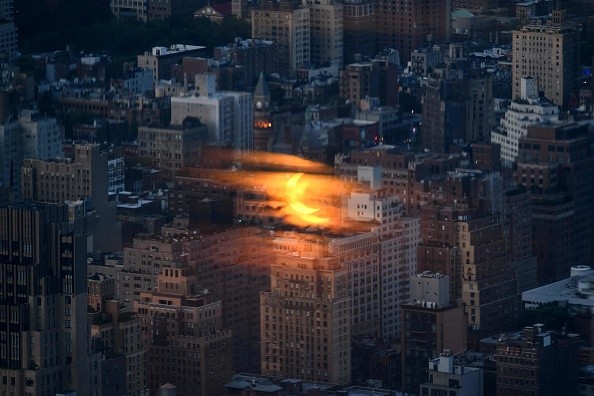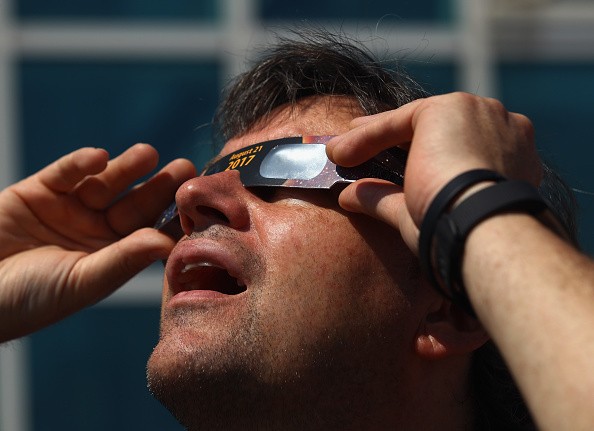The first solar eclipse of 2022 coming this April is aptly dubbed with a funky moniker "Black Moon. It is also essentially appearing in the skies a few days from today or right before this month faces its final curtain call.

Solar Eclipse in April
As per a news story by CTV News Canada, the National Aeronautics and Space Administration or NASA announced that a solar eclipse will soon be partially blocking the bright sun.
However, it is worth noting that it would only be visible to select parts of the world, leaving out other regions on Earth on April 30.
According to a recent report by Style Caster, the New Moon solar eclipse, also called the "Black Moon," is only appearing in the low population of Antarctica and some parts of South America.
Apart from those locations, the incoming solar eclipse would fail to show itself in most parts of the world.
Solar Eclipse April 2022: Why is it Called 'Black Moon?'
The first-ever solar eclipse of this year carries an interesting moniker, Black Moon. It refers to the eclipse that appears during the new moon, at least according to The Old Farmer's Almanac.
That said, the solar eclipse coming this month suits the "Black Moon" nickname as it is occurring during the second new month of April.
'Black Moon' 2022: What to Expect
Solar eclipse generally happens when both the sun during daytime and the orbit of the moon line up together. It could go in two ways, either partially blocking the bright light of the biggest star in the solar system, or fully covering it.
The solar eclipse on April 30 is a partial one, which means that it would leave a crescent shape to the sun.
According to a recent blog post by NASA, folks living or dropping by the southern parts of South America and the South Pacific and Southern Oceans have a chance to stumble upon the solar eclipse before sunset.
Read Also : Easter Moon 2022 Will Show Pink Color This April! How To Capture Instagrammable Photo With Your Smartphone
Solar Eclipse 'Black Moon:' How to View
CTV News reminded us that directly viewing the solar eclipse without any eye protection could leave damage to your precious eyes.

The US space agency went on to share that there are instruments to use to avoid any broken vision after viewing the phenomenal solar eclipse. You can wear either eclipse glasses or solar viewing glasses.
Related Article : NASA KNaCK: Lunar Backpack to Provide Navigation on the Moon, Astronauts to Bring it on Missions
This article is owned by Tech Times
Written by Teejay Boris




